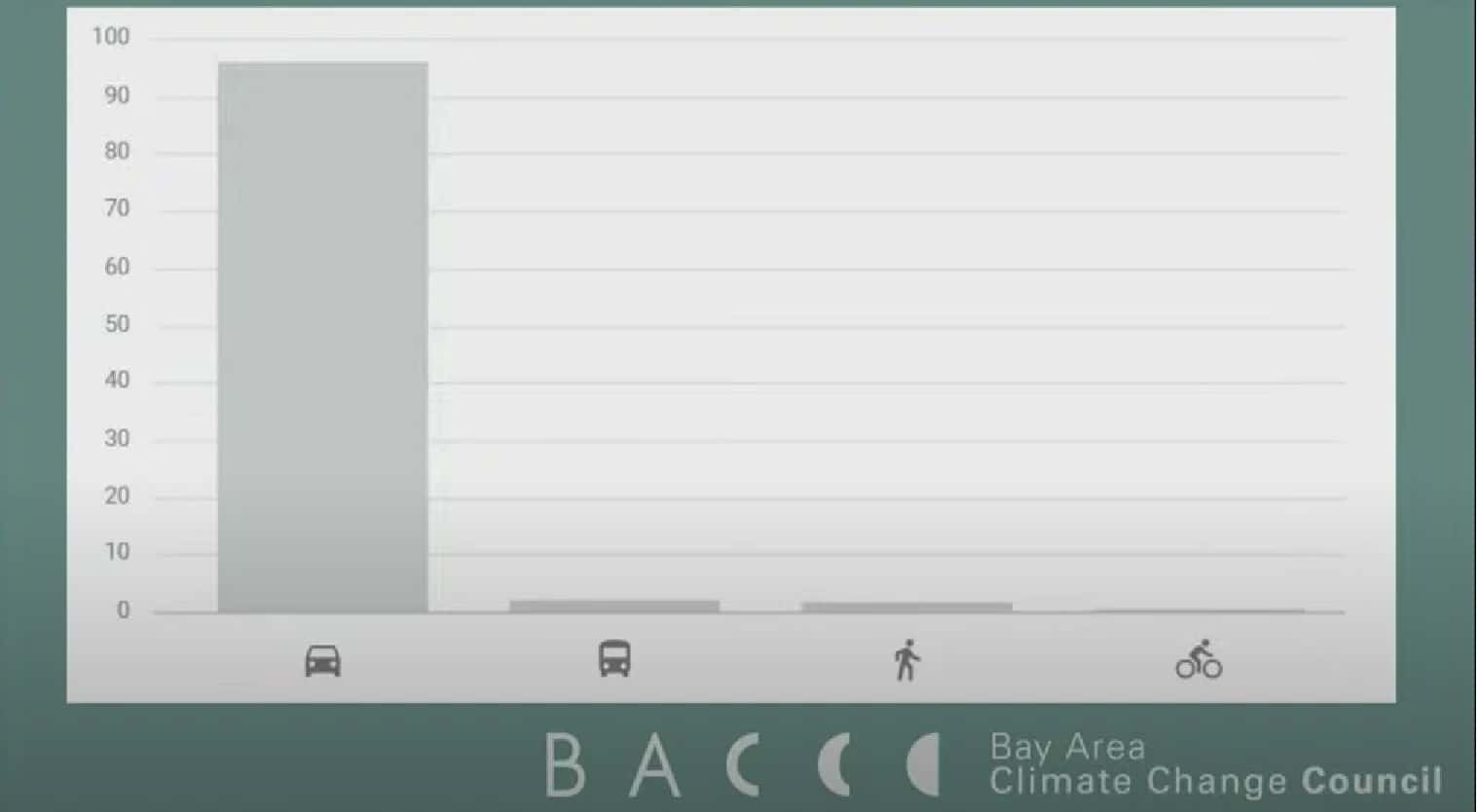Hamilton aiming to ‘recommit’ to greener ways for residents to get around town
Published May 4, 2022 at 8:18 pm

Ninety-six per cent of trips around Hamilton involve individual autombiles — and the city will be spending this summer road-testing ways to encourage cycling, walking and transit use.
On Wednesday, city councillors on the general issues committee unanimously approved direction for staff to review how 31 recommendations on travel options from the Bay Area Climate Change Council (BACCC) could be implemented. The vote came after BACCC manager Bianca Caramento presented a report entitled, “Options for Travel: Giving Residents a Real Choice.”
The reccomendations grew out of BACCC’s consultations with anti-poverty groups, businesses, City of Hamilton staff, cycling advocates, seniors’ rights groups and student unions at all three post-secondary institutions in Hamilton. detailed to the point of suggesting adjusteents to specific Hamilton Street Railway city bus routes.
Caramento called the report a call to “recommit” to improving environmentally friendly means of conveyance.
City council declared a climate crisis in 2019, and reducing use of individual vehicles is a big piece of reducing the greenhouse gas (GHG) emissions that trap heat in the atmosphere and warm the planet. But Caramento presented Google Data that shows that transit-taking, cycling and walking account for fewer than 4 per cent of trips around the city.
“The report was written with one question in mind — can we make Hamilton a place where more residents will willingly choose the environmentally friendly way to get around?” Caramento said. “There are a number of ways that the city can do this. We are asking that the city review these recommendations be formally reviewed by staff so that we can build on hard work that is already underway in a number of (City of Hamilton) departments.
“More residents will choose the environmentally friendly transportation options if we remove the barriers that are preventing them,” Caramento added. “If people walk, bike or cycle even some of the time, our greenhouse gas emissions will come down. And that matters, because 12 per cent of our greenhouse gas emissions come from transportation — the second-biggest source of greenhouse gases in our community.
“These recommendations do not just reflect good policy research — they reflect community expectations,” Caramento added.

Over half of adults willing to cycle, but worried
Regarding cycling, BACCC has several specific recommendations for improving cycling and pedestrian safety. Caramento also cited research by the the Ontario Traffic Council that suggests 60 per cent of adults “are interesting in cycling, but are concerned about safety.”
Caramento added, “We can therefore infer that making investments in cycling infrastructure can have a big effect on our city,” Caramento said.
The motion, introduced by Ward 8 Coun. John-Paul Danko and seconded by Mayor Fred Eisenberger, calls for Planning and Economic Development General Manager Jason Thorne to work with staff to review all 31 recommendations from BACCC. They will prepare a report that for the GIC that will be heard on Sept. 21, right at the end of summer and just five weeks ahead of the Oct. 24 municipal elections.
“The BACCC recommendations provide the City of Hamilton with well-researched and specific practical solutions to increase the use of transit, cycling and walking as more viable transportation options as we work towards our goal of net-zero carbon by 2050,” Danko said in a statement.
“Taking action will not only improve Hamilton’s transportation network for all road users, it will also improve the services we deliver as a City and directly improve the quality of life for residents.”
The recommendations from BACCC include finding ways to better sync information between transit networks, such as Hamilton Street Railway buses and GO Trains. The city has only had all-day GO Train service at the West Harbour station since last August.
It also calls for expansion of the seven-year-old Hamilton Bike Share network, possibly all the way to neighbouring Burlington. Hamilton Bike Share received public funding this year.
Caramento noted that the report was intended to both compliment “clear strides” toward making Hamiltonians less car-dependent and complement ongoing work by city planners.
Ferguson: ‘All you have to do is drive around the city and see the number of bicycle lanes’
Ward 12 Coun. Lloyd Ferguson, though, criticized BACCC for not recognizing the city’s previous work.
“When you do the presentations — it may be in your report, I see a lot of reports — but just recognize that, rather than always ask for more, more, more,” Ferguson said. “We do have more work to do — we get that. But just recognize that, if you can, in the future.”
Ferguson noted that, “All you have to do is drive around the city and see the number of bicycle lanes.”
The Ancaster representatiive also became at least the second councillor to claim that car manufacturers’ years-away conversion to fully electrical vehicles will remove all ecological issues with GHG emissions.”
“The greenhouse gas emissions, I think that problem is fixed,” Ferguson said. “By 2030, car manufacturers will only be making electric vehicles.”
Ward 4 Coun. Sam Merulla made a similar claim during a meeting on April 13, during a discussion about possible expansion of the Red Hill Valley Parkway.
Battery-electric vehicles have larger GHG emissions during their manufacturing than a fossil fuel-burning vehicle with an internal-combustion-engine — because of the battery production. There is a net savings in their operation. That would vary with the type of vehicle — sedan, cross-over utility vehicle or pickup truck — and the volume of cars that are on roadways.
In one instance of the former, the University of Michigan and Ford Motor Company recently released a study that looked at GHG reductions in EV trucks, compared to older models of pickups. They found there was a 64-per-cent reduction over the the vehicle’s entire ‘cradle to grave’ life cycle.
insauga's Editorial Standards and Policies advertising





